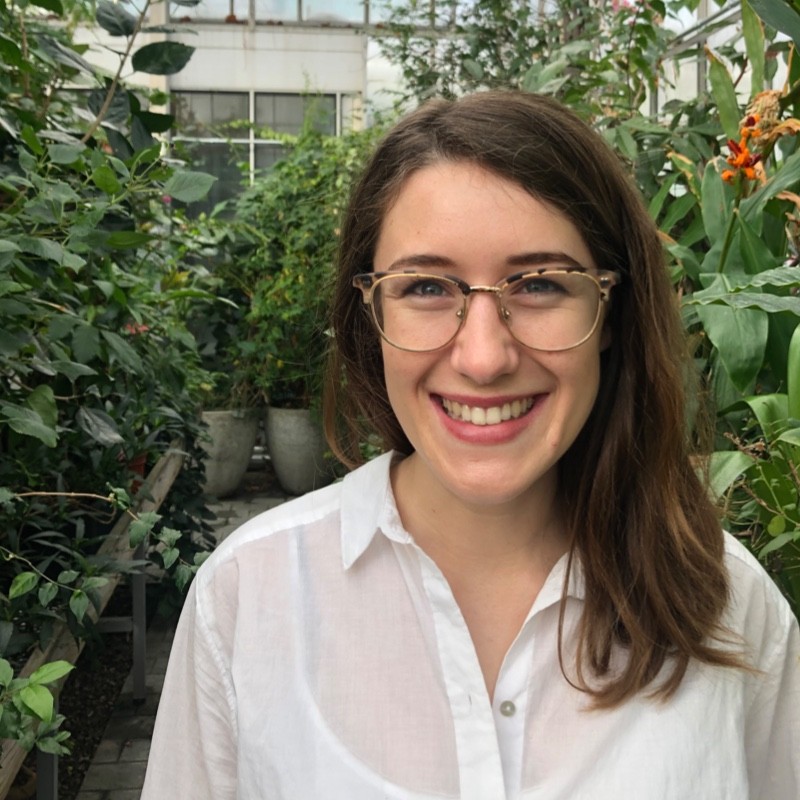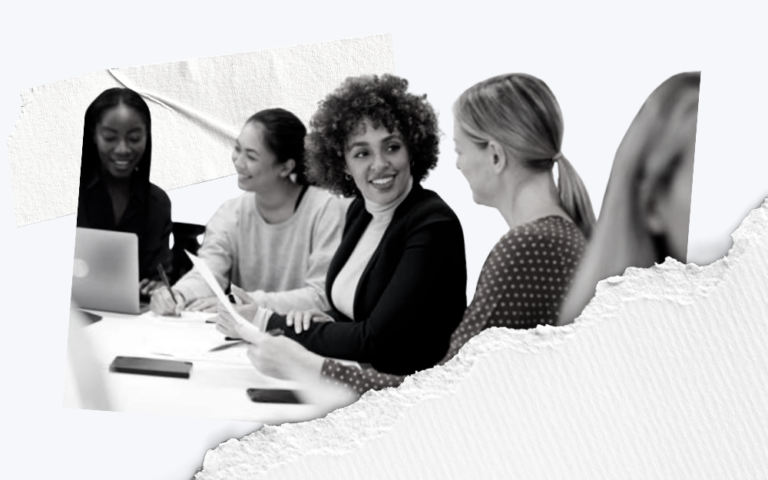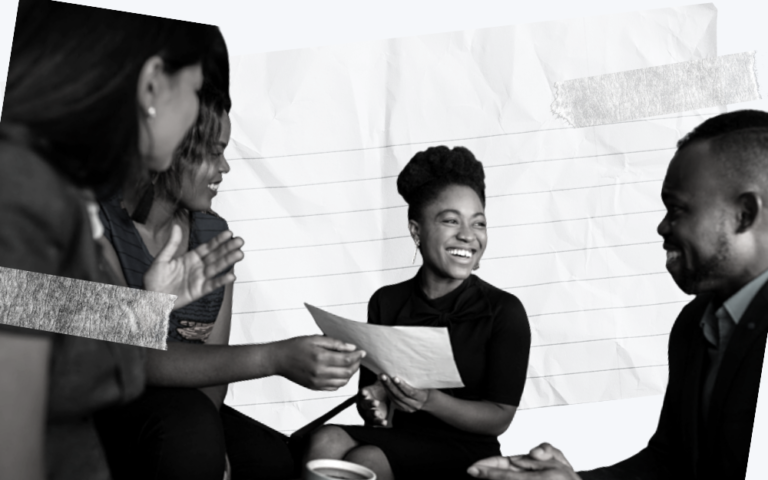Philanthropy is a relationship between a donor, nonprofit, and beneficiary grounded in trust and an intent to resolve some sort of issue. As this relationship develops, donor contributions tend to become more impactful.
One of the best ways to develop donor relationships and raise more support for your cause is to establish a donor moves management fundraising strategy.
This article will introduce you to the concept of moves management fundraising and provide some helpful examples of how you can implement it in your fundraising team. Here’s a full outline:
What is Moves Management Fundraising?
Moves management fundraising is a systematic approach to donor engagement that guides fundraisers to shepherd donors from one donor type to the next by making “moves”.
“Moves” are the actions and engagement strategies that encourage donors to become more involved with an organization. In a moves management scheme, fundraisers will typically encourage prospects, first-time donors, or sporadic donors to adopt a more impactful donor type like recurring donor, major donor, or legacy donor.
A core principle of moves management strategy is that fundraisers should inspire donors to show support in ways they would want to do anyway. Fundraisers should show donors the path to contributing to the organization that best fits their philanthropic interests and financial capacity.
Plan Your Next Campaign With This
FREE Gift Range Calculator
Use this tool to help you predict how much you’ll raise from your prospects. This tool works for campaigns, annual revenue estimates, or fundraising events!
The Stages of Moves Management Fundraising
Donor moves management has five distinct stages: identification, qualification, cultivation, solicitation, and stewardship. Fundraisers need to be sure that they have the right tools and strategies in place at every stage to successfully encourage prospects and supporters along their donor journeys.

1. Identification
In the identification stage, fundraisers and prospect researchers are tasked with finding prospects with a connection to your cause and a capacity and inclination to give.
While there are many different ways to find the right prospects, it’s important to have a CRM or wealth screening tool that does most of the work for you. Wealth screening tools like iWave, DonorSearch, and Windfall rely on massive philanthropic databases to find the best prospects for your organization.
Additionally, KIT integrates with your CRM to identify contacts who are highly likely to become major donors or recurring donors. KIT analyzes donor demographics and giving behavior to make accurate and actionable predictions.
2. Qualification
After you have a pool of prospects, you need to gather more information to prioritize and segment your most promising prospects. This process involves establishing what donor type you want to encourage each individual to become.
For example, if you have a recurring donor that’s been giving for over ten years, you may want to guide them toward your planned giving program. Because they’ve shown immense loyalty to your organization, it’s time for them to take the next step in the donor journey.
Download the FREE Donor Moves Management Template
Donor moves management provides you with a replicable process that increases donor retention and average donation amounts. Use this template to systematically track your efforts and set yourself up for success.
3. Cultivation
This phase is all about relationship-building and where you’ll make the most ‘moves’. The more you know about a prospect, the better you’ll be at doing this.
Keep in mind that you won’t just be cultivating prospects but also current donors. Therefore, you need a range of donor cultivation methods that’ll help you establish meaningful relationships with anyone.
Here are some cultivation activities for four different donor types:
- Prospects:
- Extend an invitation to a volunteer position
- Ask for their feedback as a community stakeholder
- Send an introductory email outlining your programs and case for support
- One-time donors:
- Send a birthday card
- Send a donor anniversary email
- Lapsed Donors:
- Send an email with organizational updates
- Send a donor survey
- Sporadic donors:
- Invite them to a facility tour
- Send a personalized invitation to an event
There’s so much you can do, without asking for a donation, that’ll strengthen your prospect and donor relationships.
4. Solicitation
At this stage, you’ll make the ask. Appeals will look differently for each donor type. Try to reserve the majority of your donor development time for forging relationships with major donor prospects.
Non-major donors can be segmented and included in automated personalized appeals. This strategy is effective and saves resources.
5. Stewardship
This stage will be ongoing and sets up a donor’s next transition, such as motivating a first-time donor to become a recurring donor. Your objective here is to build on the relationship you’ve developed.
There are three key components to moves management stewardship:
- Acknowledgment: This is the initial communication to donors that you’ve received their contribution and you’re very thankful for it. Acknowledgment can come in the form of an automated “donation received” email, welcome package, or follow-up phone call from your executive director.
- Recognition: Going beyond acknowledgment, you should celebrate each donor’s contribution. This recognition could come in the form of a mention in your newsletter, special thank you video, or naming rights to a building.
- Reporting: Last, you’ll want to update the donor on the impact of their donation. This can be done in the form of a personalized impact report, a call to update them, or even a year-end tax summary.
Communicate Donor Impact with this FREE Annual Report Template
Use this template to demonstrate donor impact, communicate your team’s performance, and promote organizational transparency.
As you build unique relationships with your donors, you can start to tailor stewardship plans based on their preferences and requests. The more personal you can be, the more they’ll feel a part of the organization.
How Segmentation helps With Moves Management
The crux of moves management fundraising is a personal, authentic experience for donors. Different donor types can be organized into segments in your nonprofit CRM to send them targeted and personalized communications.
When you create a donor segment, you’re grouping donors that behave in similar ways and have common interests, so you can reach out to them as a group. This method saves you time and allows you to collect comparative data on a group of donors that you use to further improve your fundraising.
While segmentation has many applications, it can help categorize donors who all show indicators of being ready to transition to the same donor type.
KIT’s newest features allow you to identify and segment contacts likely to become recurring and major gift donors.
KIT’s Major Donor Score ranks contacts in your database by how likely they are to provide a major gift. KIT’s software sources millions of industry data points from a collection of global nonprofit organizations to make smart predictions based on your donors’ giving histories and demographic data.
Additionally, with KIT’s Likelihood to Recurr feature, you can identify the ideal recurring donor prospects in a matter of minutes! KIT studies donation behavior, interaction data, and donor characteristics to produce a list of prospects likely to become recurring donors.
With these segmentation tools, you can prioritize your most promising prospects and donors. Additionally, you can create a solicitation strategy for all other donor types.
Identify More Major Donors with Fundraising KIT
Fundraising KIT is a fundraiser’s secret weapon! With insights and predictions like Major Donor Score, KIT helps you identify contacts ready to take the next step in their donor journey.
How Can I Get Fundraising Fundraising KIT’s Predictions?
Fundraising KIT’s Major Donor Score and Likelihood to Recur features are currently available to Salesforce, NeonOne, Keela, and Raiser’s Edge users by integrating KIT with their nonprofit CRM.
Talk to a fundraising expert today to learn more about how Fundraising KIT can help your organization cultivate strong donor relationships and raise more money.
Moves management can help your team provide a more personal and meaningful experience for every single donor. I’ll leave you with some words from the creator of moves management himself, Dave Dunlop: “the process that we’re a part of is… really helping [donors] accomplish what is consistent with their values and interests.”
Use moves management to get closer to your donors, build relationships, and facilitate impactful contributions to your organization.

Ally Smith
Content Writer at Fundraising KIT
With a passion for nonprofit innovation, Ally has spent her career helping build community capacity and supporting social innovation as a customer success manager turned, youth worker, turned social researcher.
After leaving the tech start-up landscape, she pursued a Master’s in Philanthropy and Nonprofit Leadership and has since supported nonprofits to innovate and grow. A Canadian ex-pat and social entrepreneur based in Edinburgh, she enjoys hiking, baking bread in a panic, and pursuing the full Scottish experience- rain and rugby included!








One Comment